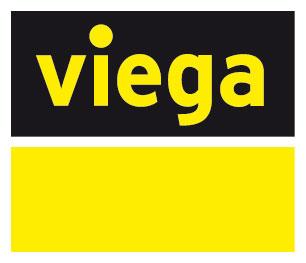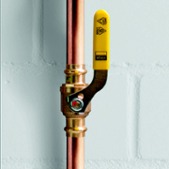There are deep divides in American society, fundamental differences about the proper way to do things. And when these differences of opinion flare up, it’s hard to find middle ground for compromise.
No, we’re not talking politics. We mean important things like Ford vs Chevy, chocolate vs vanilla and the proper way to hang a roll of toilet paper.
And in the plumbing trade you can add the controversy over tape vs pipe dope on threads.
Should you use tape? Should you use dope? Should you use both? And if it’s both, which goes on first?
Viega Managers of Technical Training/master plumbers Bo DeAngelo and Troy Locke waded into this subject on a recent episode of Viega TechTalk LIVE. Being open-minded, they realized the answer depends on whom you ask and their opinion will depend on who taught them.
That’s because contractors tend to stick with the method they’re taught (if it works) and since the above methods all work, it’s nearly impossible to convince someone to try a different way.
While that’s understandable, it’s not the best approach. Pipe compound and tape are both great products, but there’s no reason to have a blind loyalty to either.
It’s better and safer to use what’s best for each situation.
For example, when using pipe dope, it should be appropriate for the material and the medium being carried by the pipe. That’s why contractors shouldn’t have just one jar of dope in the truck for all jobs. Different types are better for different jobs. To be used on a pipe carrying potable water, a sealant must be NSF certified for that use. Others are better for fuel applications. Read the label.
Another example: thread cord or tape is great for situations where the pipe is carrying a glycol solution, like in solar panel installations or heating systems, but the cord should be used with the appropriate Teflon-based lubricant.
And there are some instances, like in ground joint unions, where neither tape nor dope is necessary, but lubrication of the ground face is required.
The lesson is to not be blindly loyal to one method, but to familiarize yourself with the appropriate uses for each and use what’s best for each application.








